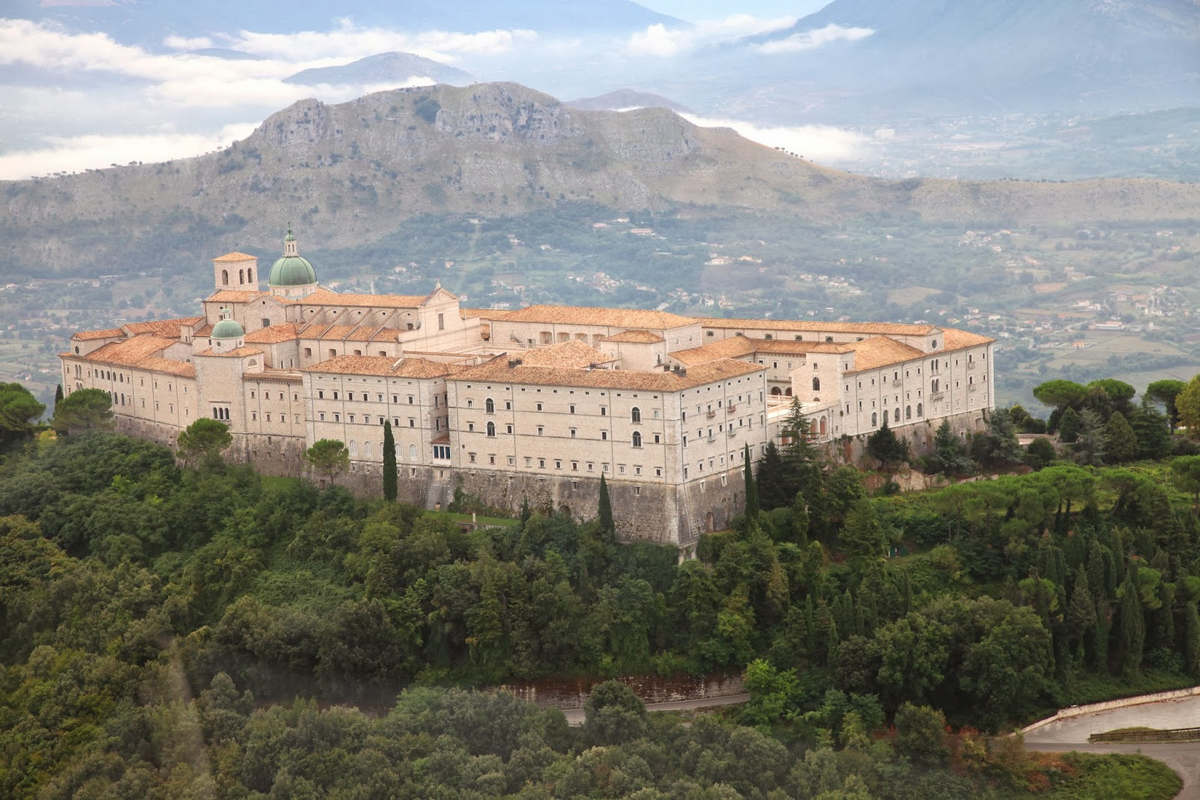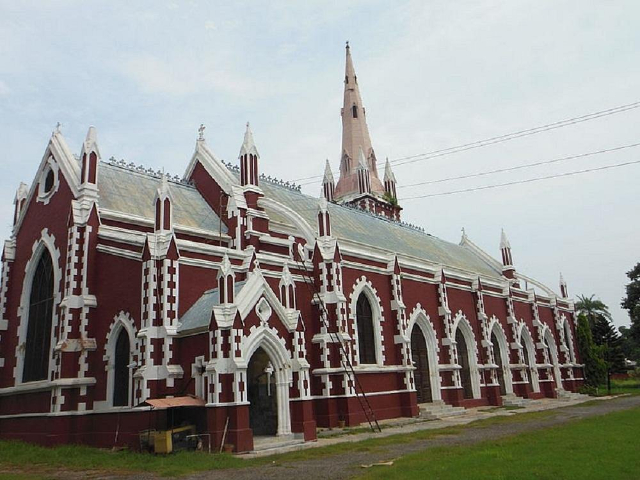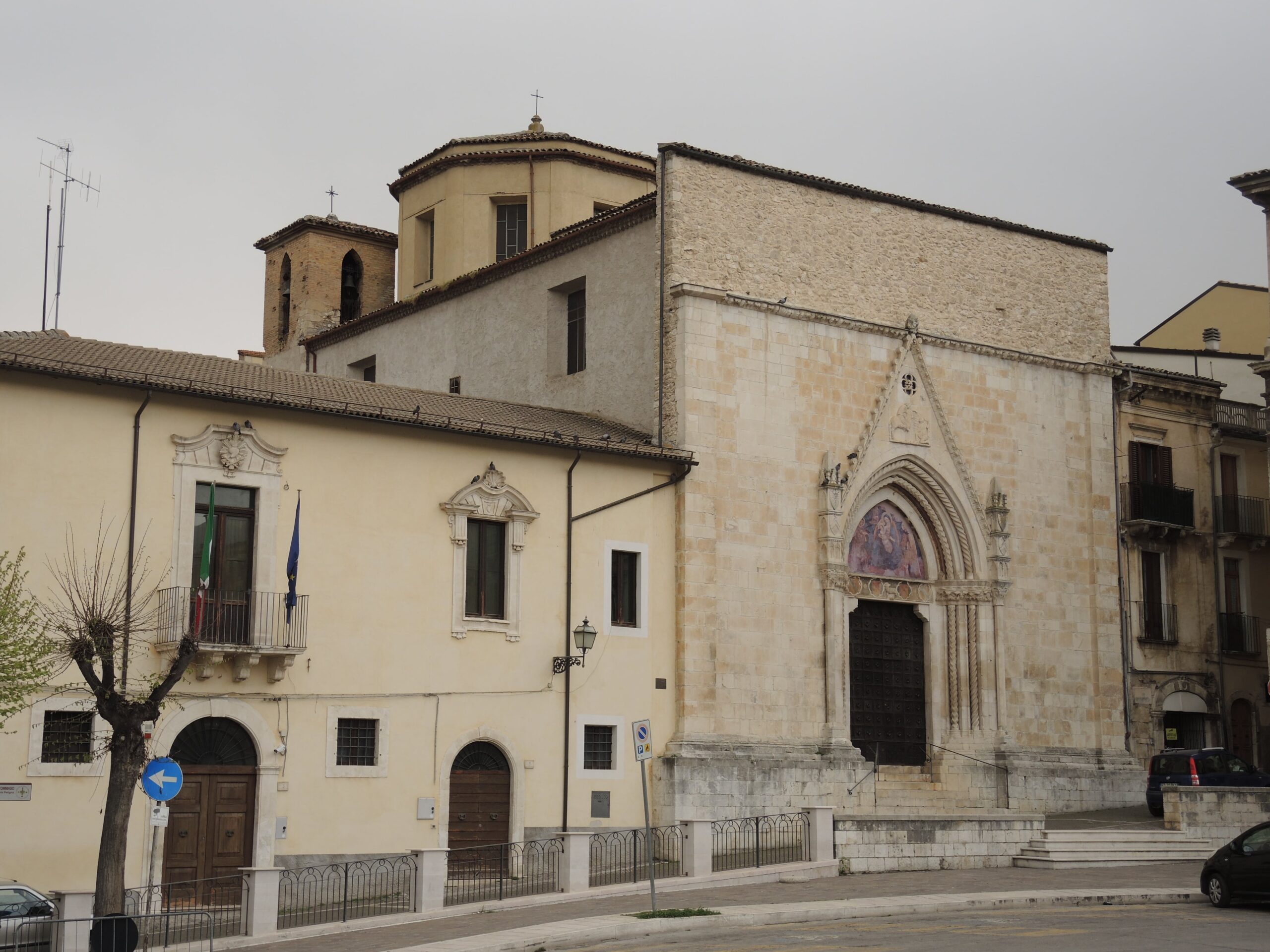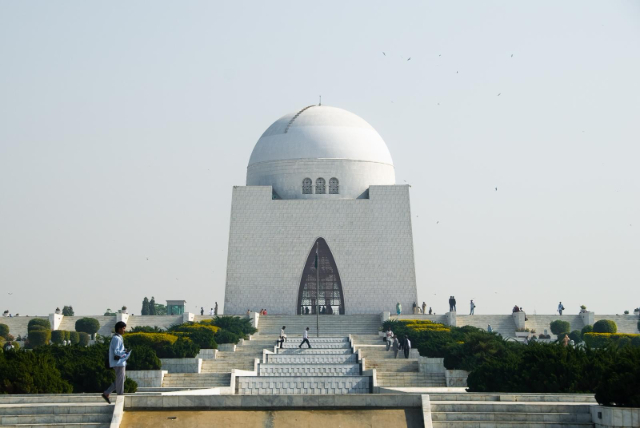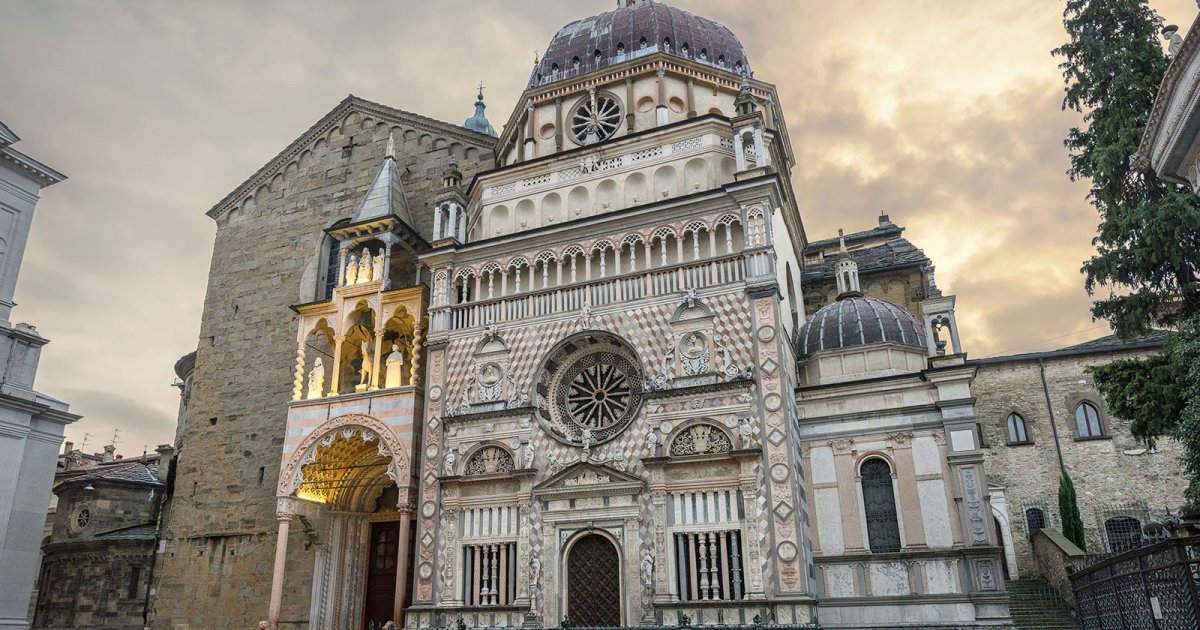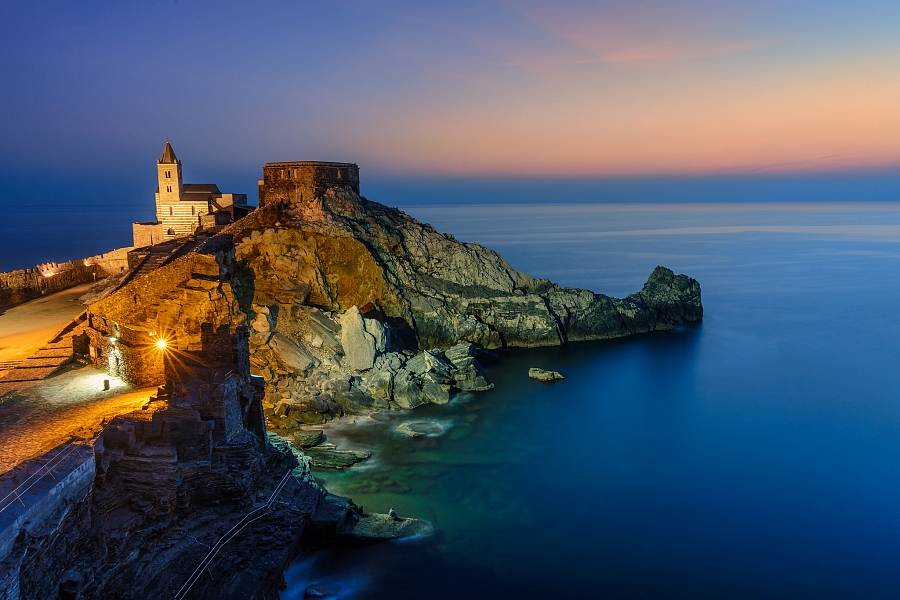The abbey at Montecassino, built in the 6th century, sits on top of the mountain, some 520 metres above sea-level. The incredible vantage point has at the same time protected the abbey as well as proving its downfall.
Built by the Benedictine order around 529 AD, the abbey became the centre of the world’s attention many years later during World War Two when it emerged as a key defensive position of the German army. In 1944 the allies were attempting to liberate Italy from the occupying Nazi forces but were thwarted by a series of German strongholds including the Gustav Line which Montecassino was at the heart of. On the 15th February 1944 the frustrated allied armies decided to bomb the abbey as they believed it was being used as cover by the defending forces.
The abbey was almost completely destroyed yet the destruction failed to inspire the collapse of the defence and the fighting raged on for a further 3 months. On the 18th May 1944 after 4 months and 1 day of fearsome fighting in the area in which the town below was completely razed to the ground, the allies managed to make their breakthrough but at the costs of hundreds of lives including 230 civilians who had been hiding in the abbey when it was bombed.
Incredibly, the abbey was rebuilt, brick by brick and stone by stone in 1964 and has since been consecrated by various popes. The abbey as it is seen today is in beautiful example of Italian architecture drawing thousands of visitors from around the world every year.
